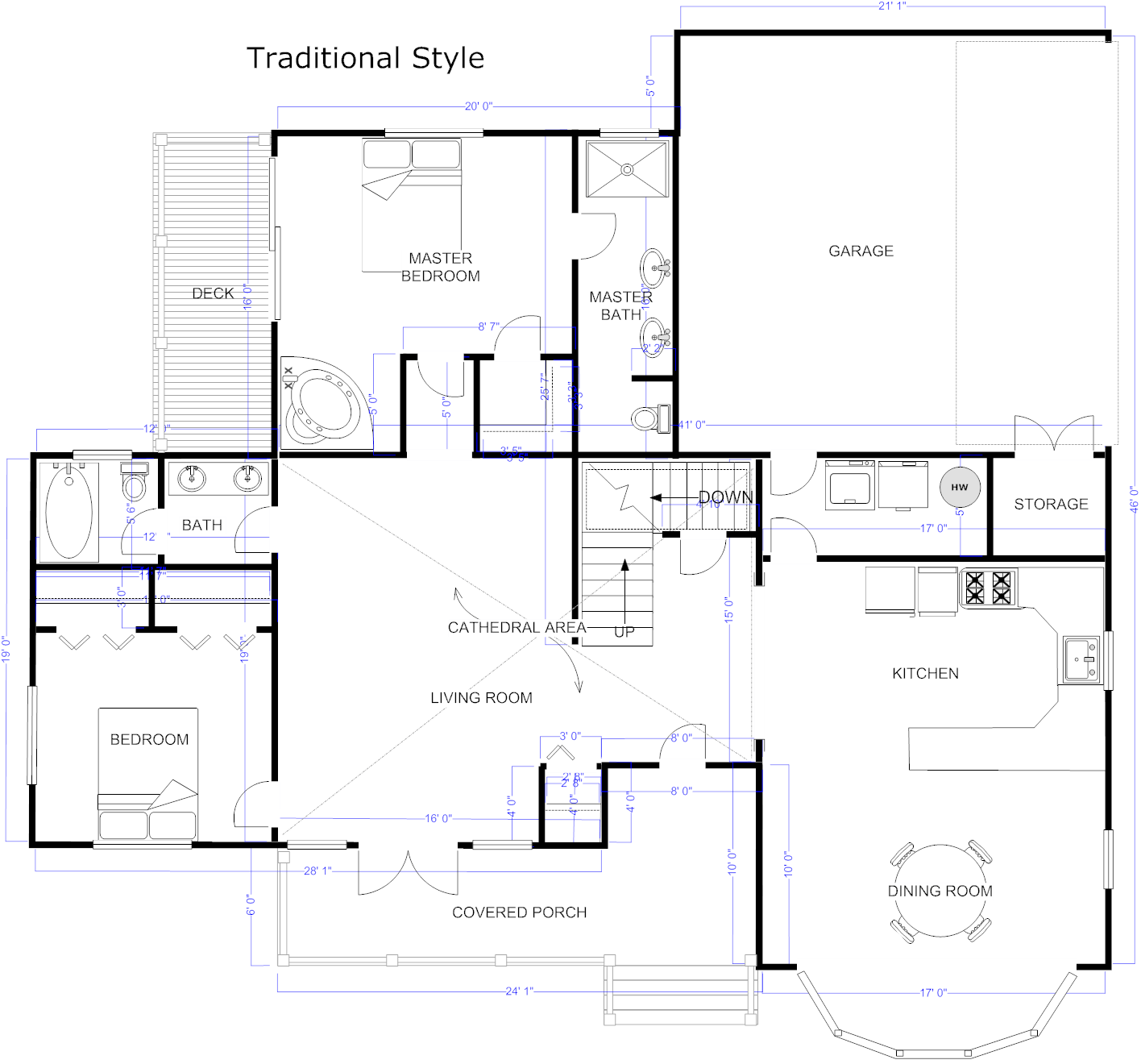A Comprehensive Overview of Building Designs and Their Impact on Modern City Planning and Advancement
Architectural designs have actually long offered as a mirror to the social values and technological innovations of their time, playing an important function in forming modern-day city preparation and development. From the majesty of Neoclassicism to the utilitarian strategy of Brutalism, each design has actually presented distinct concepts that affect urban visual appeals and performance.
Historical Summary of Building Styles
Throughout background, building designs have developed in response to social, technological, and ecological factors. Each duration reflects the prevailing worths, ideas, and innovations of its time, leading to an abundant tapestry of style that symbolizes human imagination and adaptation. The old civilizations, such as the Egyptians and Greeks, established foundational designs that highlighted symmetry and proportion, serving both functional and aesthetic functions.
As cultures transitioned with the Center Ages, Gothic style arised, characterized by its verticality and detailed detailing, matching the spiritual goals of the age. The Renaissance noted a rebirth of timeless ideals, combining art and style in ingenious ways that affected succeeding designs across Europe.
The Industrial Change presented brand-new materials and building techniques, prompting motions like Modernism, which challenged traditional kinds and accepted simplicity and capability. The 20th century saw a diversification of styles, with Postmodernism reacting versus the raw minimalism of its precursor, including historic recommendations and diverse aspects.
Today, building styles remain to evolve, driven by globalization and sustainability concerns, showing a dynamic interaction in between heritage and development. This historic introduction emphasizes the importance of style as a mirror of social evolution and as a catalyst for metropolitan advancement.
Trick Architectural Styles Explained
The diversity of building designs shows the myriad impacts that form our built setting, each personifying distinctive features and social relevances. Key architectural styles consist of Classic, Gothic, Baroque, Innovation, and Postmodernism, each standing for one-of-a-kind historic contexts and visual viewpoints.
Classic design, rooted in old Greece and Rome, emphasizes symmetry, proportion, and the usage of columns. In comparison, Gothic style, growing between Ages, is characterized by pointed arches, ribbed vaults, and flying buttresses, developing an angelic high quality in sanctuaries. Baroque design, emerging in the 17th century, is noted by splendour, elaborate ornamentation, and a dynamic interaction of light and darkness.

Recognizing these styles supplies insight into the cultural narratives and technical developments of their particular periods, highlighting just how architecture offers not equally as a sanctuary, but as a reflection of social values and goals.
Effect On Urban Preparation
In forming the development of look at here cities, architectural styles dramatically influence urban planning decisions. The choice of building style often dictates the looks, performance, and general personality of metropolitan settings.
Furthermore, architectural designs can affect zoning policies and land make use of plans. Urban organizers must consider the prevailing architectural fads when designing areas, making sure that brand-new developments integrate with existing structures. This factor to consider fosters natural urban landscapes and boosts area identity.
The execution of details building designs can additionally affect socioeconomic aspects within a city. For example, premium contemporary layouts may bring in upscale homeowners and organizations, leading to gentrification, while a lot more inexpensive real estate remedies could prioritize useful and sustainable layouts to fit diverse populaces. Inevitably, the interplay between architectural styles and city planning creates dynamic cities that reflect both historical context and contemporary requirements, forming the lived experiences of their occupants.
Sustainability and Modern Architecture
Building styles play an essential role in resolving modern obstacles, particularly in the world of sustainability. As city areas broaden and environmental problems intensify, contemporary design increasingly welcomes lasting design concepts that focus on power effectiveness, resource conservation, and very little ecological effect.
Contemporary architectural movements, such as biophilic design and eco-friendly style, advocate for structures that harmonize with their environments, making use of all-natural products and promoting biodiversity - cda architects. These designs typically integrate renewable energy resources, such as solar click to read more panels and wind turbines, to minimize dependence on fossil fuels and lower carbon footprints
Furthermore, the combination of innovative modern technologies, such as smart structure systems, boosts energy administration, maximizing source use while making certain resident comfort. Innovative water monitoring approaches, consisting of rain harvesting and greywater recycling, further add to lasting metropolitan settings.
Significantly, sustainability expands past environmental worries; it incorporates social and economic dimensions too. By cultivating community health and advertising inclusivity, modern building designs line up with lasting advancement objectives. As a result, the development of architectural methods proceeds to form resistant cities that not only satisfy the needs of the existing yet additionally guard the future for generations ahead.
Community Interaction in Design
Neighborhood engagement in layout works as a crucial bridge between designers and the populations they offer, ensuring that the developed environment reflects the demands and goals of its customers. This collaborative procedure welcomes community members to contribute their understandings and choices, promoting a feeling of ownership and duty toward the areas they live in.
Reliable community interaction uses numerous methods, such as workshops, check out this site studies, and public discussion forums, to gather varied point of views (cda architects). These methods assist in a two-way discussion, permitting engineers to understand regional contexts while equipping locals to articulate their issues and wishes. This inclusivity not only boosts the design high quality yet additionally advertises social equity by attending to the unique obstacles encountered by marginalized teams

Verdict
Building styles have profoundly influenced modern-day city planning and growth, reflecting evolving social and technological contexts. As cities proceed to grow and adapt, the ongoing discussion in between architectural heritage and modern-day design principles will certainly stay important in developing comprehensive, vivid rooms that enhance high quality of life and promote social equity.